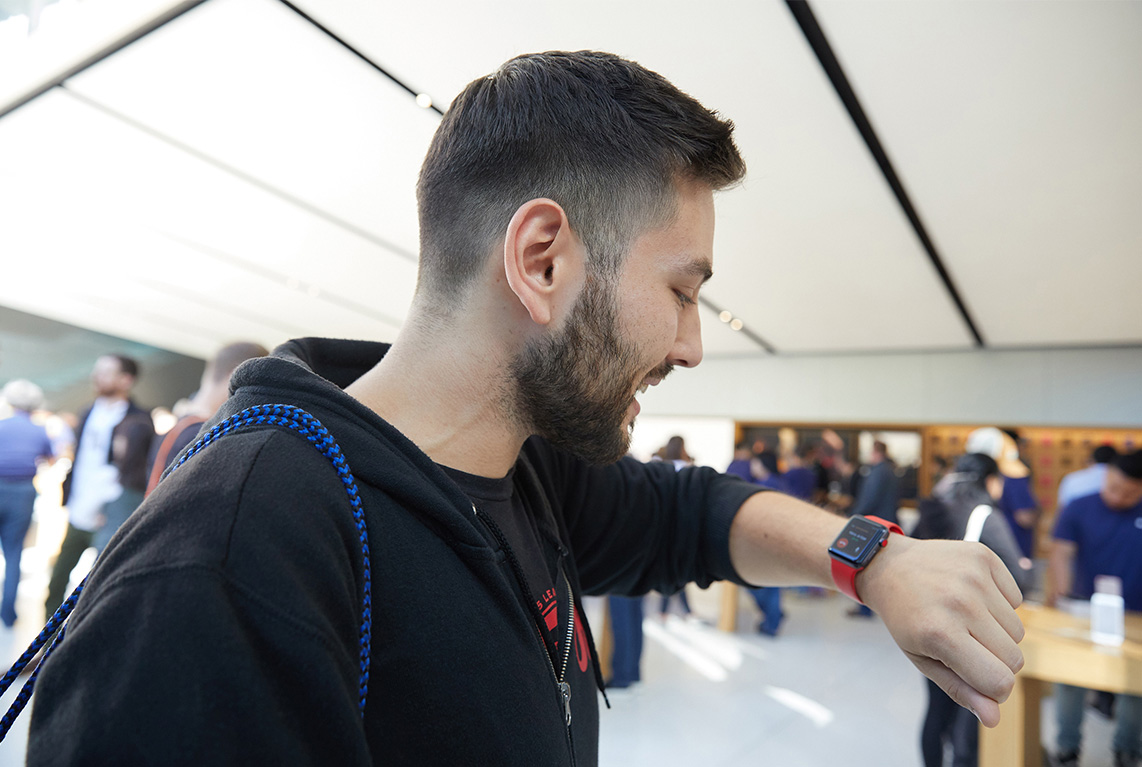Do high growth tech companies do more to stimulate their local economies, or do they create income inequality and displace previous residents? It’s a question happening nationally, as tech business becomes a more prominent story in urban settings. But it’s not an entirely new one.
In 2011, San Francisco Mayor Edwin Lee was challenged to hear that fast-growing Twitter was planning to leave the city in efforts to save $22 million in payroll tax liabilities. To keep Twitter and its then 400+ employees in San Francisco, Mayor Lee approved what became known as the “Twitter Tax Break,”removing the city’s 1.5 percent payroll taxes on stock options and employer payroll liabilities, which benefited tech companies like ZenDesk, Zynga, and Twitter.
After striking the deal with the city, Twitter relocated to a development zone in a blighted area of San Francisco, hired 2,000 additional employees, went public in 2013, and minted 1,600 nouveau riche millionaires in the Bay Area, according to the San Jose Mercury Sun. All is well, right? Not so fast.
The controversial “Twitter Tax Break” is back in the news as the non-tech and tech communities continue to clash in San Francisco over plush shuttle buses that tech employees catch at local bus depots to be taken to suburban business parks, in addition to the non-taxed free food offered daily at many tech offices, the rising cost of living, and now, even employer payroll tax withholding.
San Francisco, the cultural home of the world’s tech business class, is caught in a bit of a conundrum, and it clearly will shape how second tier technology markets, like Philadelphia, will follow.
Keeping high tech companies local is essential to the Silicon Valley ecosystem and brand, but it came at a significant cost to the social stability of the city. Never mind the foregone tax revenue, it seems like class warfare is tallying up to be an expensive side effect of the poison pill San Francisco swallowed three years ago to keep Twitter local.
Here in Philadelphia, we have the opposite problem that San Francisco has. Our city’s tax mix is heavy on business tax and light on property taxes, meaning that since the 1970s, jobs have stagnated here and business parks have grown up in our suburban districts.
In 2011, the same year that the ‘Twitter tax break’ was conceived, just 15 percent of the $341 million invested by venture capitalists into the southeastern PA regional market hit mainland Philadelphia — the vast majority was suburban based. Of the country’s 11 largest investment markets, Philadelphia was the only region that had a greater share of suburban than urban investment, by a huge margin. There are reasons for the disparity but the divide here is clear.
With the rise of satellite offices from big suburban tech firms opening in Center City and the growth of design firms in gentrifying residential neighborhoods like Fishtown and East Passyunk, it’s not too soon to look at the lessons from how San Francisco has struggled holding on to wealthy tech firms, their talent and the communities that are impacted by them.
We’ve been a poor city for generations, so if we expect any tech business success, we’ll have to have a plan for how these various communities can coexist.
Join our growing Slack community
Join 5,000 tech professionals and entrepreneurs in our community Slack today!
Donate to the Journalism Fund
Your support powers our independent journalism. Unlike most business-media outlets, we don’t have a paywall. Instead, we count on your personal and organizational contributions.




